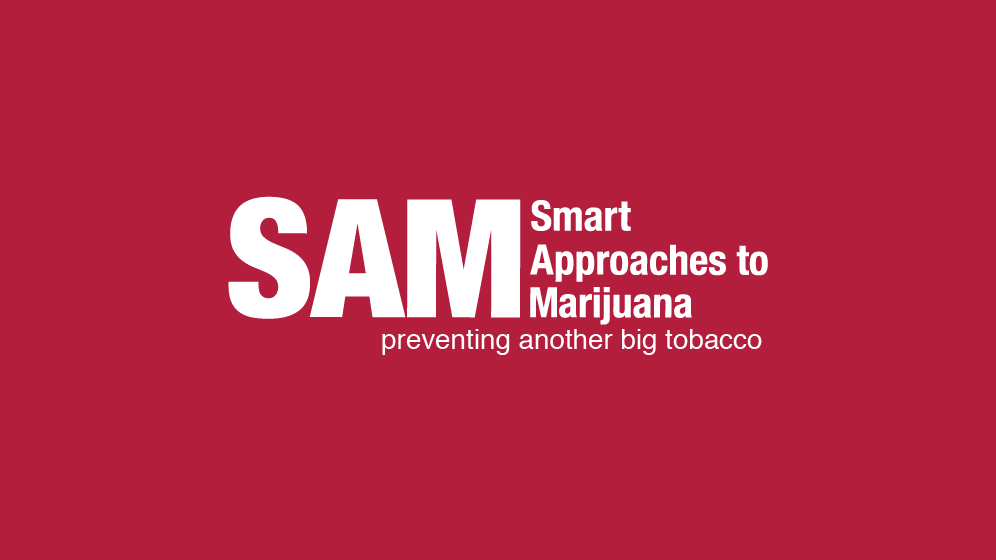
Prevention remains one of the most effective and cost-conscious tools we have in our fight against the drug crisis. This National Prevention Week, we urge lawmakers to renew their investments in prevention and push back against industry-backed efforts to normalize drug use.
To maximize their effectiveness, prevention programs must reach adolescents before they are exposed to substance use in their peer groups. Yet nearly one-third of 12- to 17-year-olds reported that they did not see or hear any substance use prevention messages in school, according to the 2023 National Survey on Drug Use and Health. This lack of prevention education has serious implications for health equity, as racial and ethnic minority youth are less likely to report seeing these messages in their schools.
Prevention takes a village. All sectors of a community must be aligned in order to set healthy norms. This approach guides the Drug-Free Communities Support Program, which involves sectors from businesses and media to schools and religious organizations.
Unfortunately, numerous actors that pursue private profits at the expense of public health actively undermine these efforts. These include marijuana shops and, more recently, psychedelics shops. Our children are given conflicting messages when we tell them not to use addictive substances now being promoted throughout their neighborhoods.
Given the increasing embrace of mind-altering drugs at the state level, it’s no surprise that drug use has risen. A study published in the Journal of the American Academy of Child and Adolescent Psychiatry found that recreational marijuana legalization was associated with a 13 percent increase in past-month marijuana use among youth ages 12 to 17, and a 22 percent increase among young adults ages 18 to 25. Between 2012 and 2023, the prevalence of marijuana use among 19- to 30-year-olds increased from 28.1 percent to 42.4 percent, while it more than doubled from 13.1 percent to 29.3 percent among 35- to 50-year-olds, according to the Monitoring the Future survey. Over this same period, annual overdose deaths nationwide more than doubled from 41,502 to 105,007.
As highlighted in the Foundation for Drug Policy Solutions’ The Hyannis Consensus: The Blueprint for Effective Drug Policy, the nation’s drug policy “should promote a health standard that normalizes the non-use of substances.” Our drug policies should not make it easier to use licit and illicit substances.
Other things being equal, the harms of drug use will decline as the prevalence of drug use declines. Notably, the White House recently estimated that the societal cost of illicit opioids was $2.7 trillion––with a “t”––in 2023, which is “equivalent to 9.7 percent of GDP.” Viewed through this lens, prevention is essential and must remain central to drug policy efforts. A proactive, upstream approach premised on prevention will also reduce strain on downstream systems like treatment and recovery.
Other things being equal, the harms of drug use will decline as the prevalence of drug use declines. Notably, the White House recently estimated that the societal cost of illicit opioids was $2.7 trillion––with a “t”––in 2023, which is “equivalent to 9.7 percent of GDP.” Viewed through this lens, prevention is essential and must remain central to drug policy efforts. A proactive, upstream approach premised on prevention will also reduce strain on downstream systems like treatment and recovery.